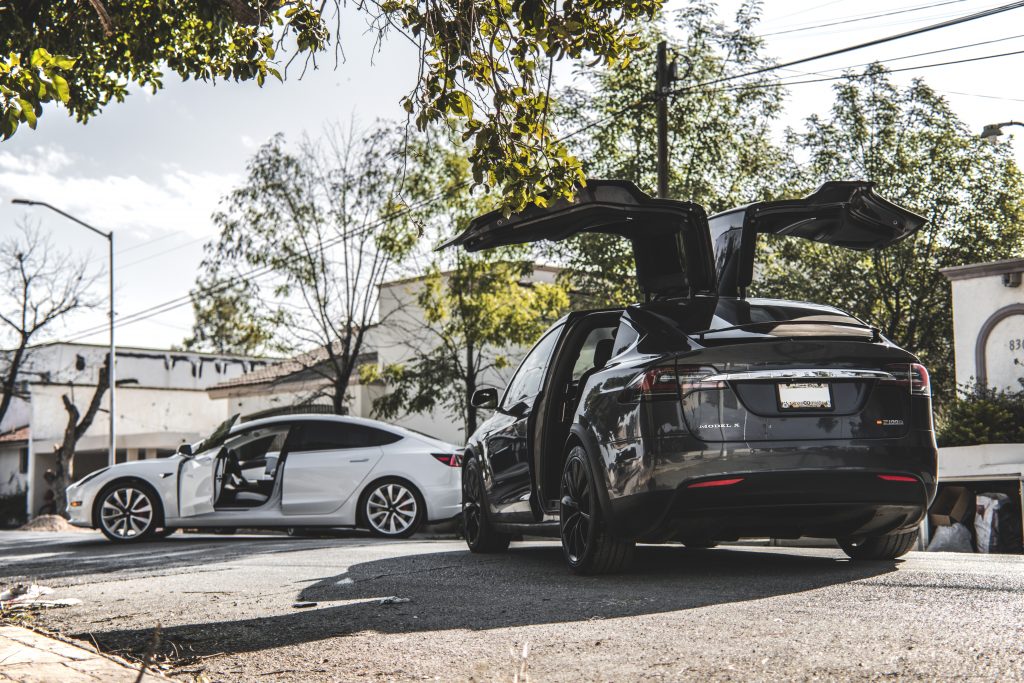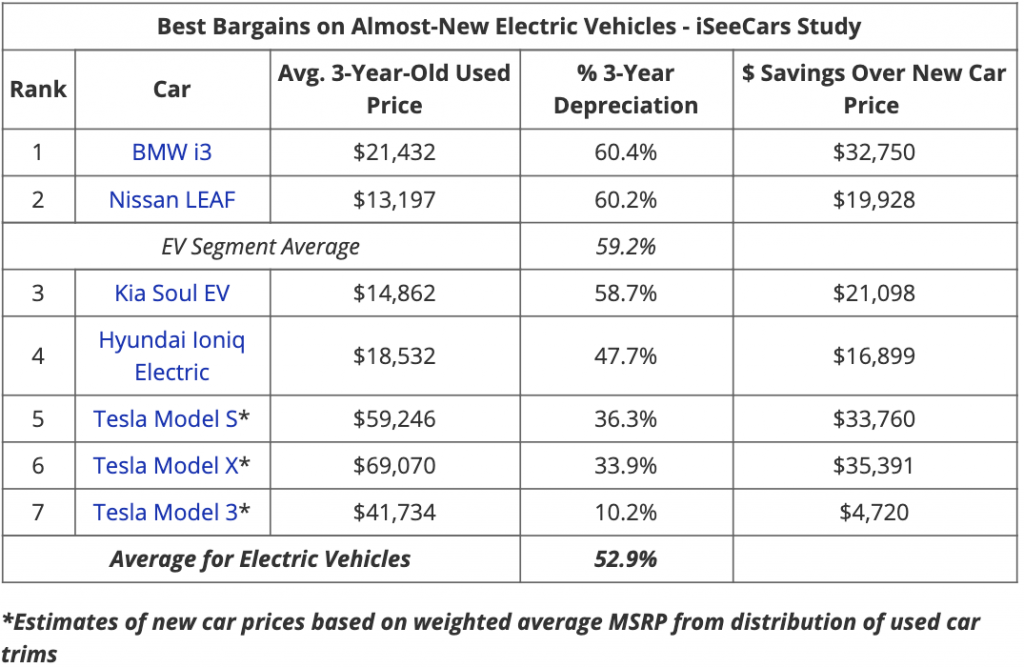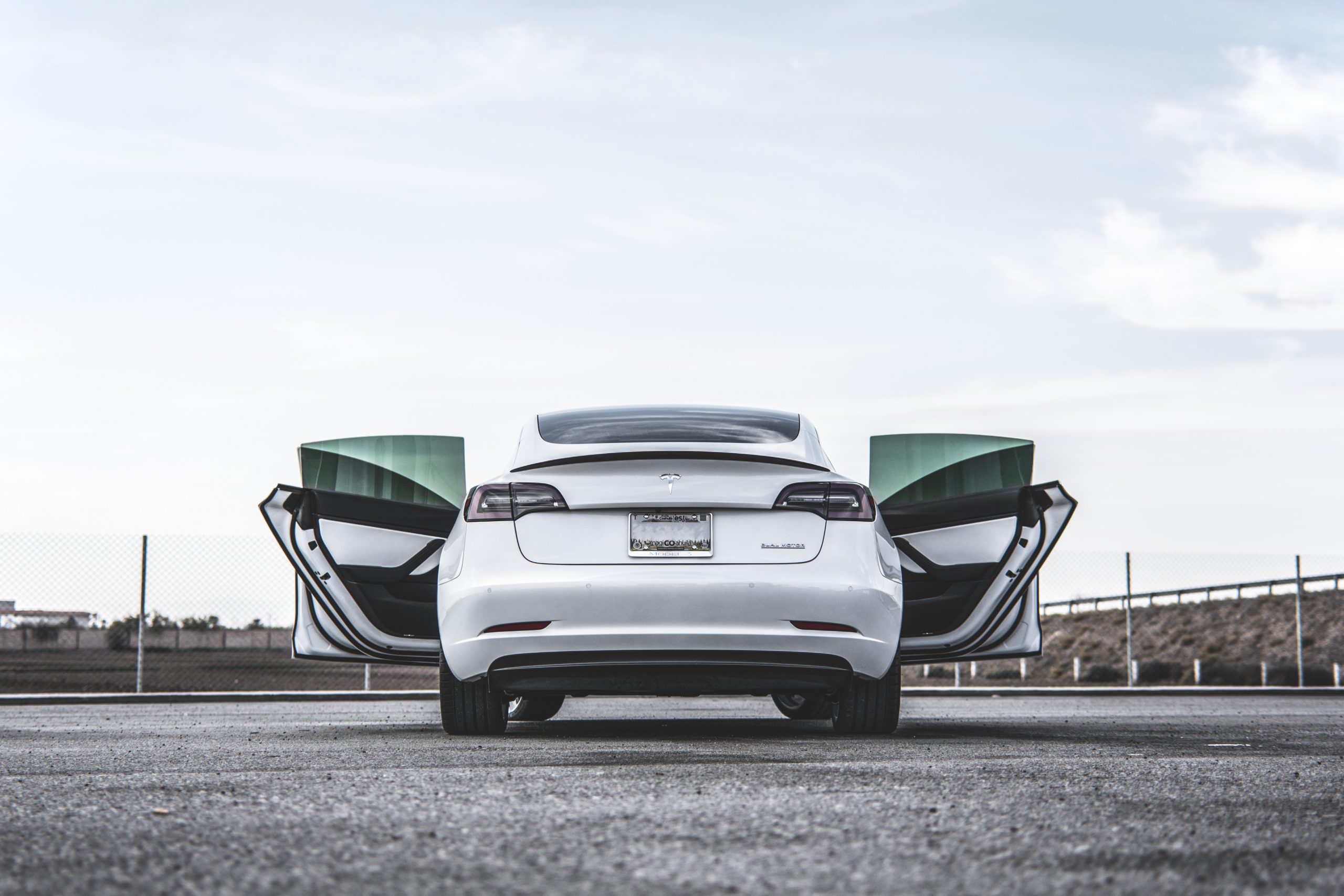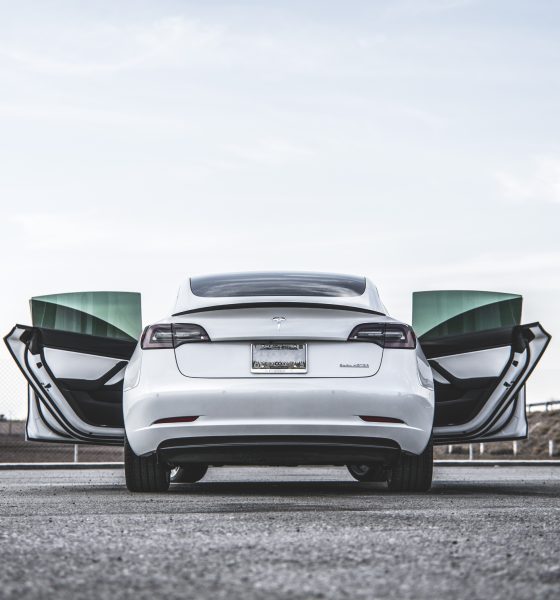Teslas have garnered a reputation for many things, and having a great resale value is one of them. This was recently highlighted in a study conducted by car search engine iSeeCars.com, which analyzed over 6.9 million car sales to identify which vehicles experienced the most and least depreciation in the past three years. As it turns out, the Tesla Model 3 is able to retain its value over five times better than other EVs in the market.
As noted by iSeeCars in its recent study, a vehicle generally depreciates 39.1% after the average lease term of three years. According to iSeeCars CEO Phong Ly, three years is a popular age for used car buyers because vehicles would have taken a major depreciation hit by the three year mark, and the cars generally are equipped with a good amount of recent features.
“Three years is a popular age for used car buyers because the cars have taken a major depreciation hit, but likely have many of the latest modern safety and technology features. Some of these bargains provide good opportunities for car shoppers as reliable vehicles that are discounted because they simply aren’t as popular in their vehicle segments,” Ly noted.

Electric vehicles usually depreciate faster than their internal combustion counterparts, with the study stating that the average depreciation of EVs over a three year lease period is about 52.9%. That’s almost 1.4 times greater than the average for all cars in the market. This, according to Ly, is partly because most EVs in the market today were bought with the $7,500 tax credit, and electric car technology moves at a rapid pace.
“Categorically, electric vehicles depreciate more than the average vehicle because resale values take into account the $7,500 federal tax credit and other state and local credits that were applied to these vehicles when they were bought new. Because the technology of EVs changes at a rapid pace, obsolescence also plays a role in their dramatic depreciation as well as consumer range anxiety and lack of public charging infrastructure,” the CEO explained.
This is particularly true for two of the most popular EVs from legacy automakers, the BMW i3 and the Nissan LEAF. According to the recent study, the BMW i3 depreciates 60.4% over a three year period, while the Nissan LEAF depreciates 60.2%. This trend, however, is completely broken by Tesla, whose Model S, Model X, and Model 3 depreciates far lower than the EV industry average. The Model S, for example, depreciates 36.3% over a three-year period, while the Model X depreciates 33.9%.

What is rather remarkable is that the Tesla Model 3, the electric car maker’s most affordable vehicle in its lineup today, retains its value even more than its more expensive siblings. According to iSeeCars.com’s data, the Model 3 only loses 10.2% of its value over a three year period. This means that the Model 3’s depreciation is over five times less than the EV industry’s average, and over three times less than the overall auto market’s average. Part of this, according to the study, is due to the Model 3’s bang for your buck nature.
“The Tesla Model 3 is still very much in high demand since it started production in 2017. Even though it doesn’t present a bargain compared to its new car price, it offers consumers a more affordable option for owning a Tesla,” the study noted.
There are other factors that are at play that help Teslas retain their value. Unlike other EVs on the market, Teslas receive frequent over the air software updates that give vehicles new features, and at times even better performance, over time. This allows even older Teslas to be comparable to their newly produced counterparts. Unfortunately for legacy automakers, over the air software updates are one thing that is proving to be quite difficult to crack.

Cybertruck
Tesla Cybertruck undergoes interior mod that many owners wanted

Tesla Cybertruck is significantly different from traditional pickups on the market in a lot of ways. However, one feature that was recently modified with its interior was a highly requested characteristic that is present in other trucks, but was void from Cybertruck.
Tesla went with a five-seat configuration with Cybertruck: two in the front and three in the back. The spacious interior is matched with plenty of storage, especially up front, as a pass-through, center console, and other storage options, but some Tesla fans wanted something different: bench seating.
Bench seating is popular in many full-size pickups and allows three passengers to sit up front. The middle seat is usually accompanied by a fold-down storage unit with cupholders.
Tesla decided to opt for no bench seating up front, despite the fact that it equipped bench seating in the unveiling in 2019. Interior photos from the unveiling event from nearly six-and-a-half years ago show Tesla had originally planned to have a six-seat configuration.
This was adjusted after the company refined the design:

(Tesla Cybertruck interior configuration in 2019)
Despite Tesla abandoning this design, it does not mean owners were willing to accept it. One owner decided to modify their Tesla Cybertruck interior to equip that third seat between the driver’s and passenger’s thrones.
The fit is snug, and while it looks great, it is important to remember that this does not abide byregulations, as it would require an airbag to be technically legal. Please do not do this at home with your own Cybertruck:
- Credit: @blueskykites
- Credit: @blueskykites
- Credit: @blueskykites
The Cybertruck is a popular vehicle in terms of publicity, but its sales have been underwhelming since first delivered to customers back in 2023. It’s hard to believe it’s been out for two-and-a-half years, but despite this, Tesla has not been able to come through on its extensive order sheet.
This is mostly due to price, as Cybertruck was simply not as affordable as Tesla originally planned. Its three configurations were initially priced at $39,990, $49,990, and $69,990. At release, Cybertruck was priced above $100,000.
This priced out many of those who had placed orders, which is the main reason Cybertruck has not lived up to its expectations in terms of sales. The adjustments to the specific features, like the removal of the bench seat, likely did not impact sales as much as pricing did.
This modification shows some creativity by Tesla owners, but also shows that the Cybertruck could always be the subject of a potential refresh to include some of these features. Tesla routinely adjusts its vehicle designs every few years, so maybe the Cybertruck could get something like this if it chooses to refresh its all-electric pickup.
Elon Musk
Tesla CEO Elon Musk drops massive bomb about Cybercab
“And there is so much to this car that is not obvious on the surface,” Musk said.

Tesla CEO Elon Musk dropped a massive bomb about the Cybercab, which is the company’s fully autonomous ride-hailing vehicle that will enter production later this year.
The Cybercab was unveiled back in October 2024 at the company’s “We, Robot” event in Los Angeles, and is among the major catalysts for the company’s growth in the coming years. It is expected to push Tesla into a major growth phase, especially as the automaker is transitioning into more of an AI and Robotics company than anything else.
The Cybercab will enable completely autonomous ride-hailing for Tesla, and although its other vehicles will also be capable of this technology, the Cybercab is slightly different. It will have no steering wheel or pedals, and will allow two occupants to travel from Point A to Point B with zero responsibilities within the car.
Tesla shares epic 2025 recap video, confirms start of Cybercab production
Details on the Cybercab are pretty face value at this point: we know Tesla is enabling 1-2 passengers to ride in it at a time, and this strategy was based on statistics that show most ride-hailing trips have no more than two occupants. It will also have in-vehicle entertainment options accessible from the center touchscreen.
It will also have wireless charging capabilities, which were displayed at “We, Robot,” and there could be more features that will be highly beneficial to riders, offering a full-fledged autonomous experience.
Musk dropped a big hint that there is much more to the Cybercab than what we know, as a post on X said that “there is so much to this car that is not obvious on the surface.”
And there is so much to this car that is not obvious on the surface
— Elon Musk (@elonmusk) January 2, 2026
As the Cybercab is expected to enter production later this year, Tesla is surely going to include a handful of things they have not yet revealed to the public.
Musk seems to be indicating that some of the features will make it even more groundbreaking, and the idea is to enable a truly autonomous experience from start to finish for riders. Everything from climate control to emergency systems, and more, should be included with the car.
It seems more likely than not that Tesla will make the Cybercab its smartest vehicle so far, as if its current lineup is not already extremely intelligent, user-friendly, and intuitive.
Investor's Corner
Tesla Q4 delivery numbers are better than they initially look: analyst
The Deepwater Asset Management Managing Partner shared his thoughts in a post on his website.

Longtime Tesla analyst and Deepwater Asset Management Managing Partner Gene Munster has shared his insights on Tesla’s Q4 2025 deliveries. As per the analyst, Tesla’s numbers are actually better than they first appear.
Munster shared his thoughts in a post on his website.
Normalized December Deliveries
Munster noted that Tesla delivered 418k vehicles in the fourth quarter of 2025, slightly below Street expectations of 420k but above the whisper number of 415k. Tesla’s reported 16% year-over-year decline, compared to +7% in September, is largely distorted by the timing of the tax credit expiration, which pulled forward demand.
“Taking a step back, we believe September deliveries pulled forward approximately 55k units that would have otherwise occurred in December or March. For simplicity, we assume the entire pull-forward impacted the December quarter. Under this assumption, September growth would have been down ~5% absent the 55k pull-forward, a Deepwater estimate tied to the credit’s expiration.
“For December deliveries to have declined ~5% year over year would imply total deliveries of roughly 470k. Subtracting the 55k units pulled into September results in an implied December delivery figure of approximately 415k. The reported 418k suggests that, when normalizing for the tax credit timing, quarter-over-quarter growth has been consistently down ~5%. Importantly, this ~5% decline represents an improvement from the ~13% declines seen in both the March and June 2025 quarters.“
Tesla’s United States market share
Munster also estimated that Q4 as a whole might very well show a notable improvement in Tesla’s market share in the United States.
“Over the past couple of years, based on data from Cox Automotive, Tesla has been losing U.S. EV market share, declining to just under 50%. Based on data for October and November, Cox estimates that total U.S. EV sales were down approximately 35%, compared to Tesla’s just reported down 16% for the full quarter. For the first two months of the quarter, Cox reported Tesla market share of roughly a 65% share, up from under 50% in the September quarter.
“While this data excludes December, the quarter as a whole is likely to show a material improvement in Tesla’s U.S. EV market share.“













